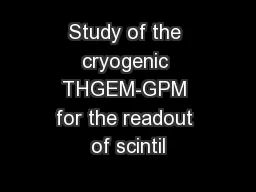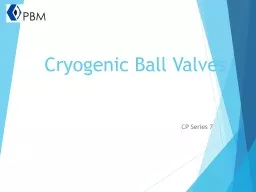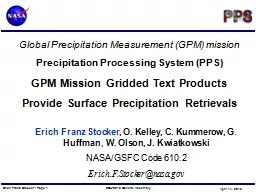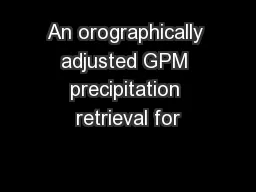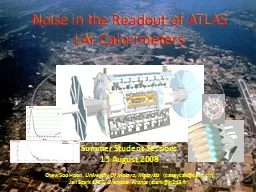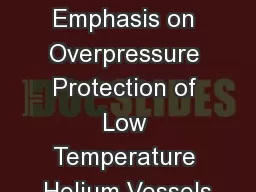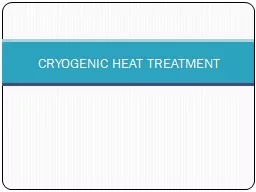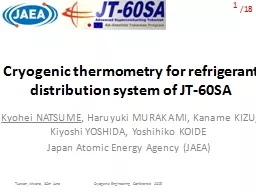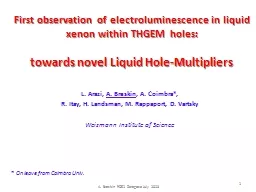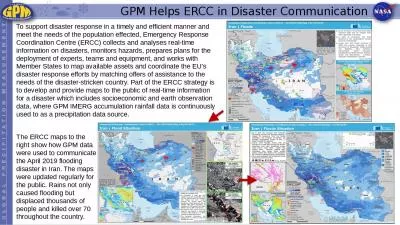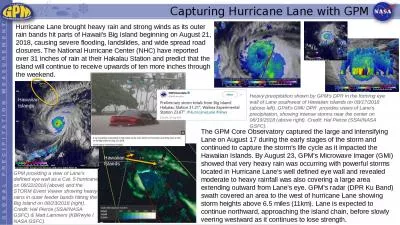PPT-Study of the cryogenic THGEM-GPM for the readout of scintil
Author : celsa-spraggs | Published Date : 2017-09-16
Xie Wenqing 谢文庆 Fu Yidong 付逸冬 Li Yulan 李玉兰 Department of Engineering Physics Tsinghua University 201407 1 Outline Background Test of
Presentation Embed Code
Download Presentation
Download Presentation The PPT/PDF document "Study of the cryogenic THGEM-GPM for the..." is the property of its rightful owner. Permission is granted to download and print the materials on this website for personal, non-commercial use only, and to display it on your personal computer provided you do not modify the materials and that you retain all copyright notices contained in the materials. By downloading content from our website, you accept the terms of this agreement.
Study of the cryogenic THGEM-GPM for the readout of scintil: Transcript
Download Rules Of Document
"Study of the cryogenic THGEM-GPM for the readout of scintil"The content belongs to its owner. You may download and print it for personal use, without modification, and keep all copyright notices. By downloading, you agree to these terms.
Related Documents

